Culantro is a herb that is commonly used in Latin American and Caribbean cuisine. It is known for its pungent aroma and strong, unique flavour. However, there are times when this herb is not readily available, making it necessary to find a substitute.
Finding a suitable substitute for culantro can be challenging, as its taste and aroma cannot be easily replicated. Therefore, it is essential to find a substitute that is as close to the original as possible.
We will explore the world of culantro substitutes. We will also highlight the benefits and drawbacks of each substitute and provide some tips on how to incorporate them into your cooking. Whether you are a seasoned chef, a home cook, or a food enthusiast.
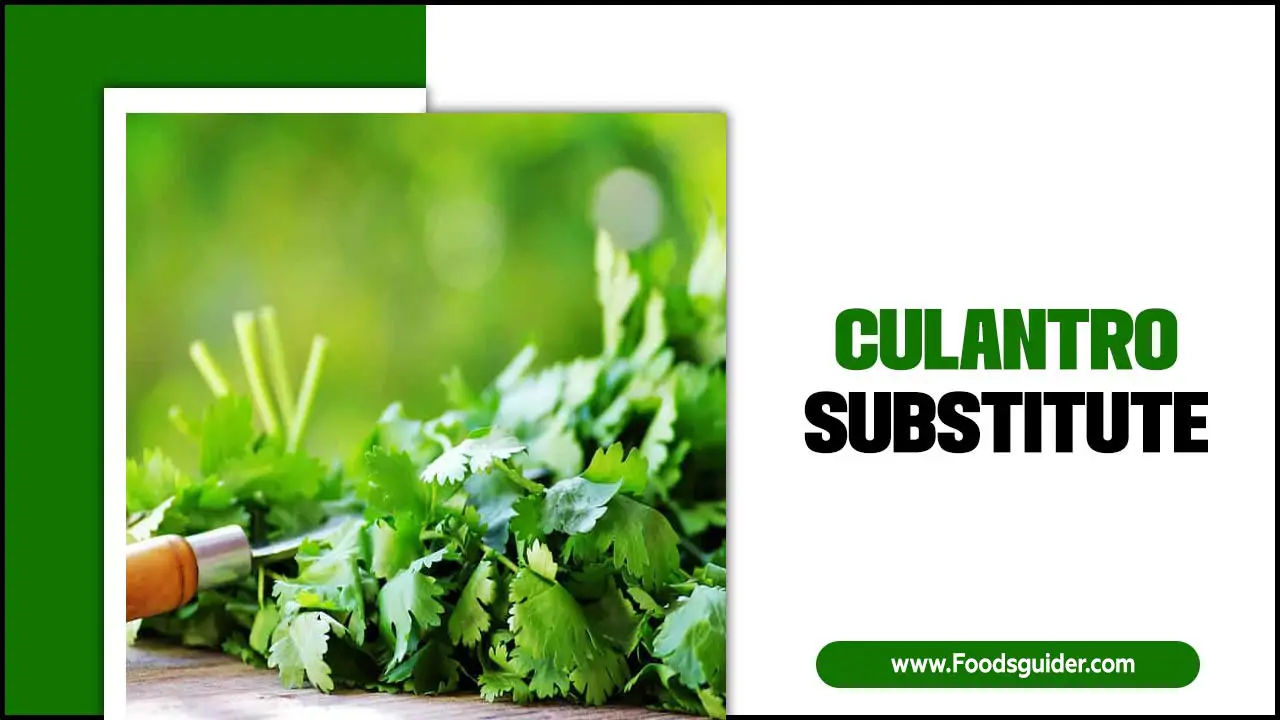
Flavour Profile Of Culantro
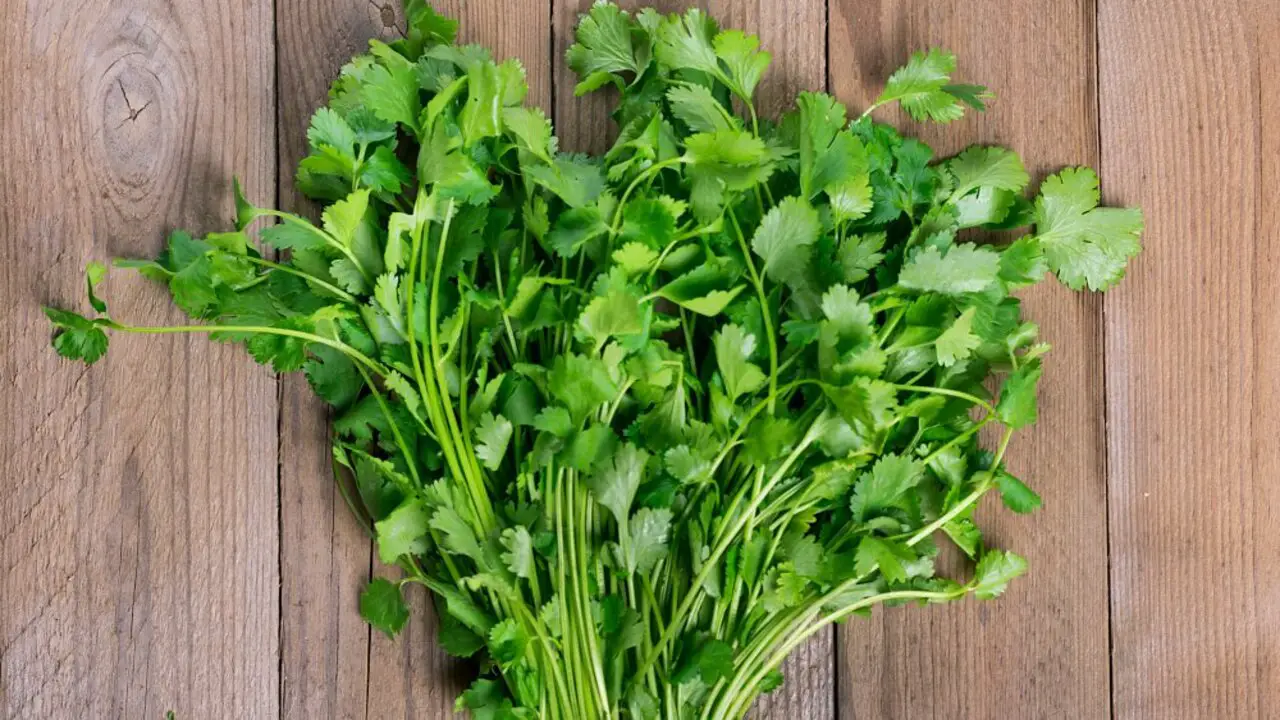
Culantro is a herb that is commonly used in Latin American and Caribbean cooking. It is often confused with cilantro, but they are different plants with distinct flavour profiles. Culantro has long, serrated leaves and a more pungent aroma than cilantro, with a strong, almost citrusy taste that is sometimes described as “soapy” or “spicy”.
The flavour of cilantro is often used to enhance soups, stews, and sauces, and it pairs well with other herbs like garlic and oregano. Some people find the taste of culantro to be overpowering, so it is important to use it sparingly when cooking. Overall, culantro is a versatile herb that can add a unique and bold flavour to many dishes.
Tips And Tricks For Successful Culantro Substitution In Recipes
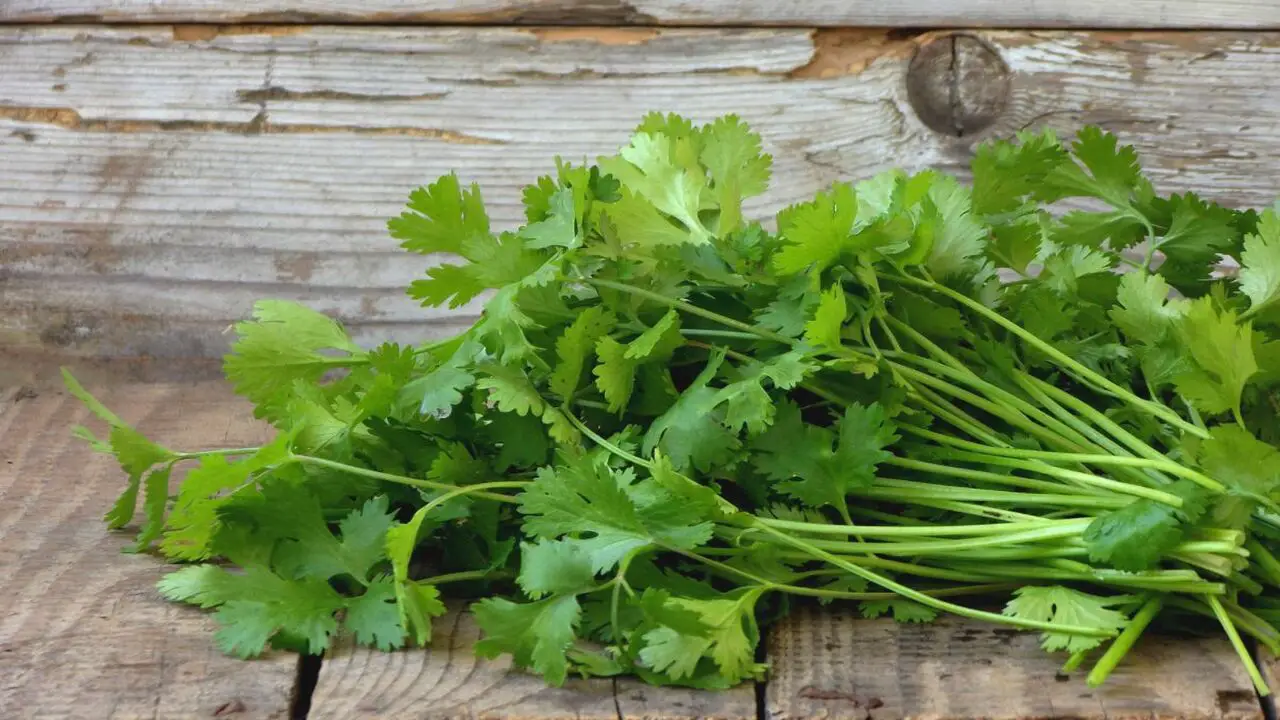
When faced with the unavailability of culantro, several suitable substitutes can elevate your dishes. Cilantro, the most accessible alternative, shares a similar flavour profile and is widely used in many recipes.
Its fresh and citrusy notes make it an excellent replacement for cilantro. For those looking to experiment further, parsley offers a milder flavour but complements various dishes well. Basil, in its different types like Thai or Italian basil, brings a unique twist when used as a culantro replacement.
Chervil, with its delicate anise-like taste, is another herb worth incorporating. A blend of fresh oregano and thyme also provides a robust and aromatic culantro substitute. For Latin American and Caribbean dishes, epazote stands out as a traditional and authentic alternative to cilantro.
Identifying Suitable Substitutes For Cilantro
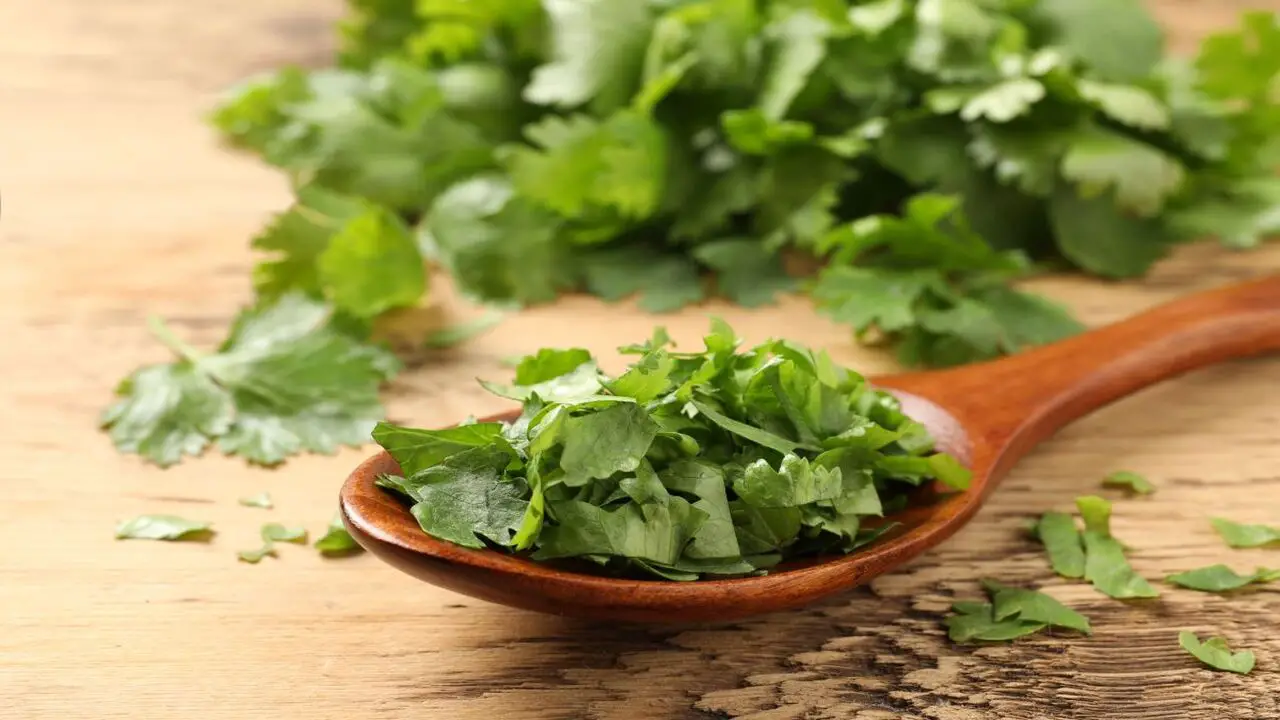
Culantro is a herb that is widely used in Latin American and Caribbean cuisines. It has a strong and pungent flavour that is similar to cilantro but with a more assertive taste. However, in case you cannot find culantro in your local grocery store, there are a few substitutes that you can use to achieve a similar flavour profile in your dish.
One of the most common culantro substitutes is cilantro, also known as coriander leaves. Although cilantro has a milder flavour than culantro, it can still add a tangy and refreshing taste to your dish. Another option is parsley, which resembles cilantro but has a more subtle flavour. You can combine cilantro and parsley to get the best of both worlds.
If you are looking for a more exotic substitute, you can try using Vietnamese coriander, also known as rau ram. This herb has a similar flavour to cilantro, with hints of cilantro, mint, and lemon. It is commonly used in Vietnamese, Cambodian, and Thai cuisines. Another option is Mexican mint or Cuban oregano, which have a flavour profile similar to culantro.
Using Cilantro As A Substitute For Culantro
Cilantro comes to the rescue as a successful substitute when faced with the absence of cilantro. Cilantro’s bright and citrusy flavour closely resembles culantro’s distinct taste, making it an excellent replacement in various recipes. Whether it’s a hearty bowl of soup, a zesty salsa, or a flavorful marinade, cilantro can step in seamlessly.
However, it’s essential to remember that cilantro’s flavour might be slightly milder, so adjusting the quantity to taste is recommended. Embrace the versatility of cilantro and explore its potential as a worthy stand-in for culantro in your culinary endeavours.
Experimenting With Parsley As A Substitute For Culantro
When seeking a more delicate flavour substitution for culantro, parsley comes into play as an intriguing option. Though parsley differs from culantro in taste, it can still add a fresh and herbaceous element to your dishes. The milder profile of parsley allows it to blend harmoniously with various cuisines.
While it might not entirely replicate culantro’s distinct notes, parsley provides its unique charm. Try it in recipes like soups, stews, salads, and marinades. Embrace the experimentation with parsley and discover the delightful twist it can bring to your culinary creations.
Trying Out Different Types Of Basil As A Culantro Replacement
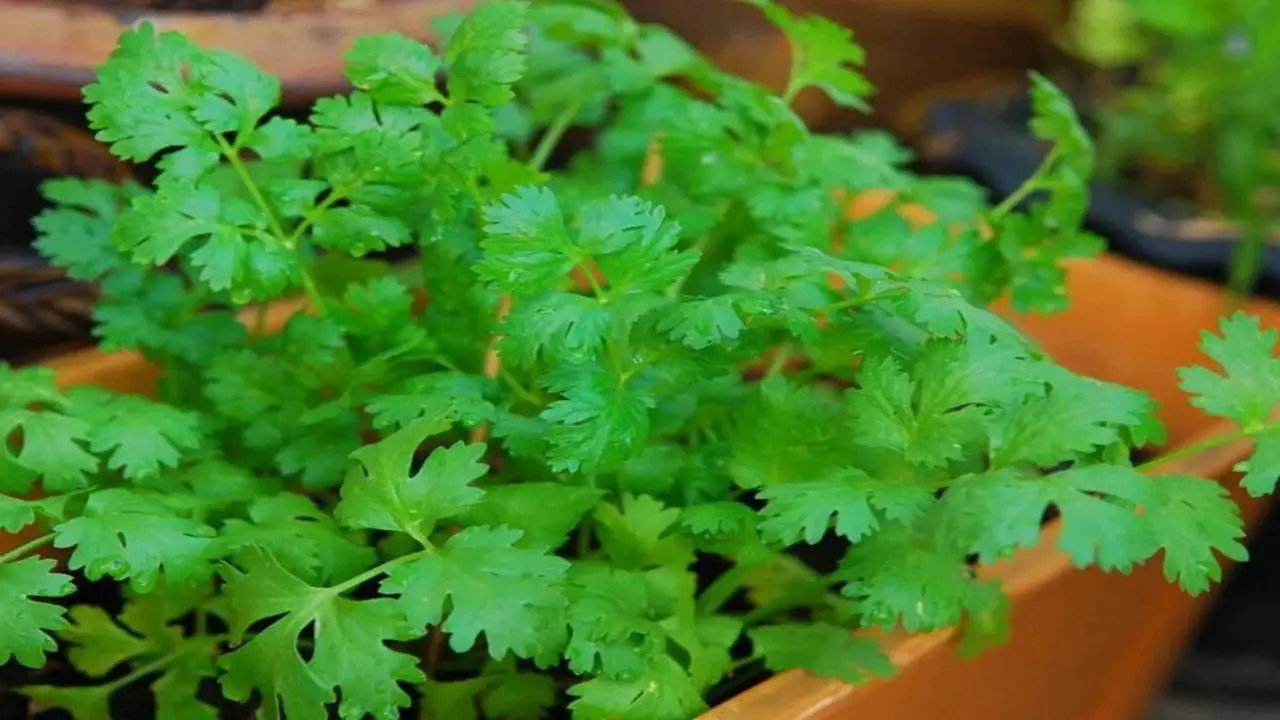
Basil, renowned for its aromatic and slightly sweet flavour, offers an exciting substitution for cilantro. Whether you opt for Thai basil with its anise undertones or classic Italian basil with its peppery hints, both can infuse your dishes with an enchanting twist.
While basil may not precisely mimic culantro’s taste, its versatility complements various cuisines. Use it in Asian-inspired dishes, pasta recipes, pesto sauces, or even to add a fresh touch to sandwiches and wraps. Allow basil to unleash its unique personality and elevate your culinary explorations.
Incorporating Chervil Into Recipes That Call For Culantro
For a more subtle and delicate alternative to culantro, chervil steps in gracefully. With its mild anise-like flavour, chervil brings a distinct character to dishes, different from culantro and cilantro.
While it may not be as widely recognized, chervil’s elegant taste makes it a worthy contender in various recipes. Try using it in creamy sauces, herb butter, fish dishes, and egg-based creations. Chervil’s finesse adds an intriguing layer of complexity, making it a delightful ingredient to incorporate when culantro is not at hand.
Using A Blend Of Fresh Oregano And Fresh Thyme As A Culantro Substitute
Consider blending fresh oregano and thyme when looking for a robust and aromatic replacement for cilantro. This herbal duo packs a flavorful punch that can elevate your dishes to new heights. While it may not capture culantro’s specific essence, the combination brings its own earthy and savoury notes to the table.
Utilize this blend in Mediterranean-inspired dishes, grilled meats, roasted vegetables, and hearty stews. Embrace the richness of fresh oregano and thyme, and savour the depth they lend to your culinary creations.
Combining Fresh Mint And Fresh Tarragon As A Replacement For Culantro
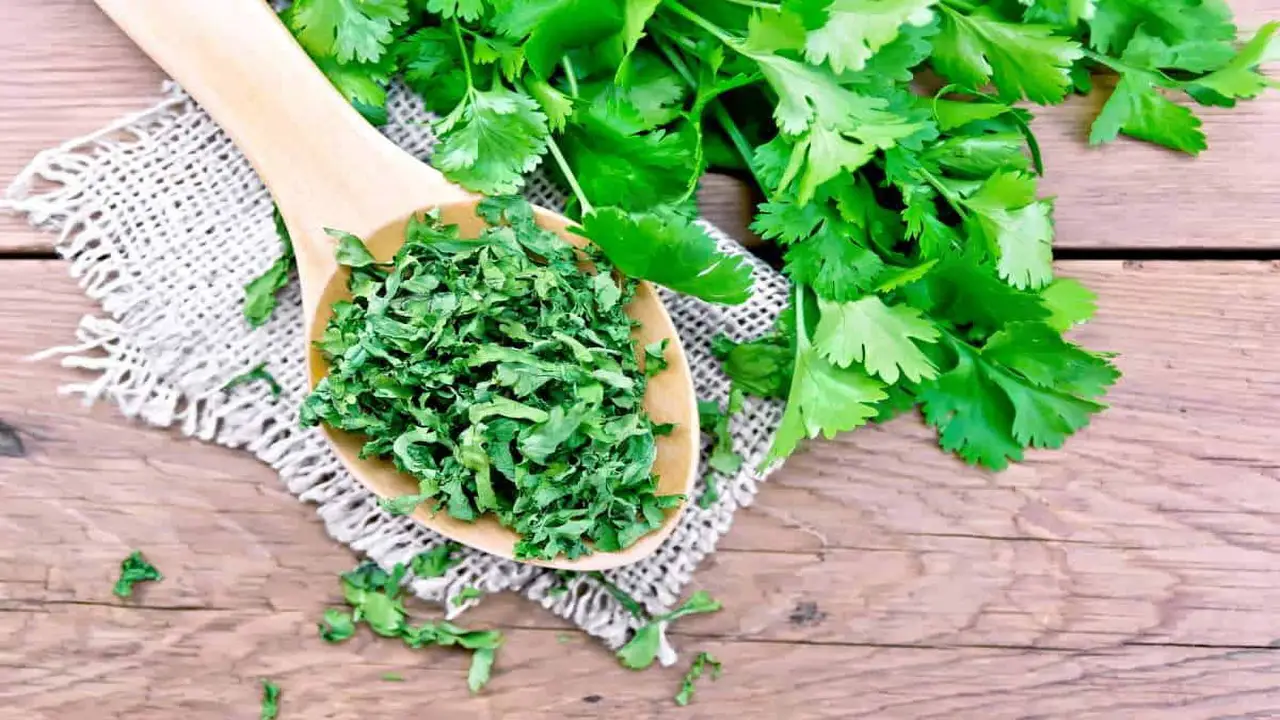
Try the dynamic duo of fresh mint and tarragon for a creative twist on culantro substitution. While distinctly different from culantro, this combination offers a refreshing and herbaceous flavour profile that can work wonders in certain recipes.
The cool and minty notes of mint complement the subtle liquorice-like taste of tarragon, resulting in a delightful blend. Ideal for light and summery dishes, seafood recipes, salads, and even beverages, this substitute is sure to leave a lasting impression on your taste buds.
Making Use Of Epazote As A Substitute For Culantro In Latin American And Caribbean Dishes
When staying true to the essence of Latin American and Caribbean dishes without cilantro, epazote emerges as an authentic substitute. With its distinctive flavour and aroma, epazote is special in these cuisines. Its slightly citrusy, earthy, and pungent notes add depth to bean-based dishes, tamales, soups, and sauces. Embrace epazote’s traditional roots and immerse yourself in the flavours of these regions, even when culantro is not readily available.
Mexican Epazote As An Alternative To Culantro

Mexican epazote is a noteworthy alternative to culantro for those focusing on Mexican-inspired dishes. This herb’s unique flavour profile is particularly popular in Mexican cuisine. Its pungent and citrusy taste pairs wonderfully with beans, quesadillas, moles, and other regional favourites.
Mexican epazote brings a characteristic element to your dishes, enhancing their authenticity and complexity. Embrace the traditional flavours of Mexico with this aromatic herb and elevate your culinary journey.
Conclusion
Finding a suitable culantro substitute has proven successful in many culinary settings. With a variety of options available such as cilantro, parsley, and even basil, individuals can achieve similar flavours and aromas in their dishes. The specificity of the substitute may vary depending on the recipe and personal preference, but the overall success of the dish is not compromised.
For those unable to access culantro in their local markets or prefer not to use it, the availability of substitutes has allowed for a wider range of cooking possibilities and experimentation. Overall, the success of using culantro lies in accurately identifying the specific herb needed for the dish and incorporating it to enhance the overall flavour profile.
FAQs
1.How Is Culantro Different From Cilantro?
Ans: Culantro and cilantro are often confused due to their similar appearance, but they belong to different plant families. Culantro has a stronger taste and aroma compared to cilantro, which can be polarizing for some palates.
2.What Can I Use As Culantro?
Ans: If you can’t find culantro or dislike its flavour, you can use a combination of cilantro and a small amount of fresh parsley as a substitute. This blend will mimic the taste of culantro and still add a unique touch to your dishes.
3.Are There Any Herbs With A Flavour Profile Similar To Culantro?
Ans: Yes, while not identical, papalo leaves (Porophyllum ruderale) and long coriander (Eryngium foetidum var. alatum) share some similarities in taste to culantro. You may experiment with these herbs as substitutes.
4.Can I Grow Culantro At Home?
Ans: Absolutely! Culantro is relatively easy to grow in a garden or even in pots indoors. It prefers a warm and humid climate, and its seeds or seedlings can be found at local nurseries or online stores.
5.Is Culantro Used In Cooking Or Only As A Garnish?
Ans: Due to its intense flavour, Culantro is more commonly used as a cooking herb. It’s added to soups, stews, sauces, and marinades in Latin American and Caribbean dishes to impart a unique taste.